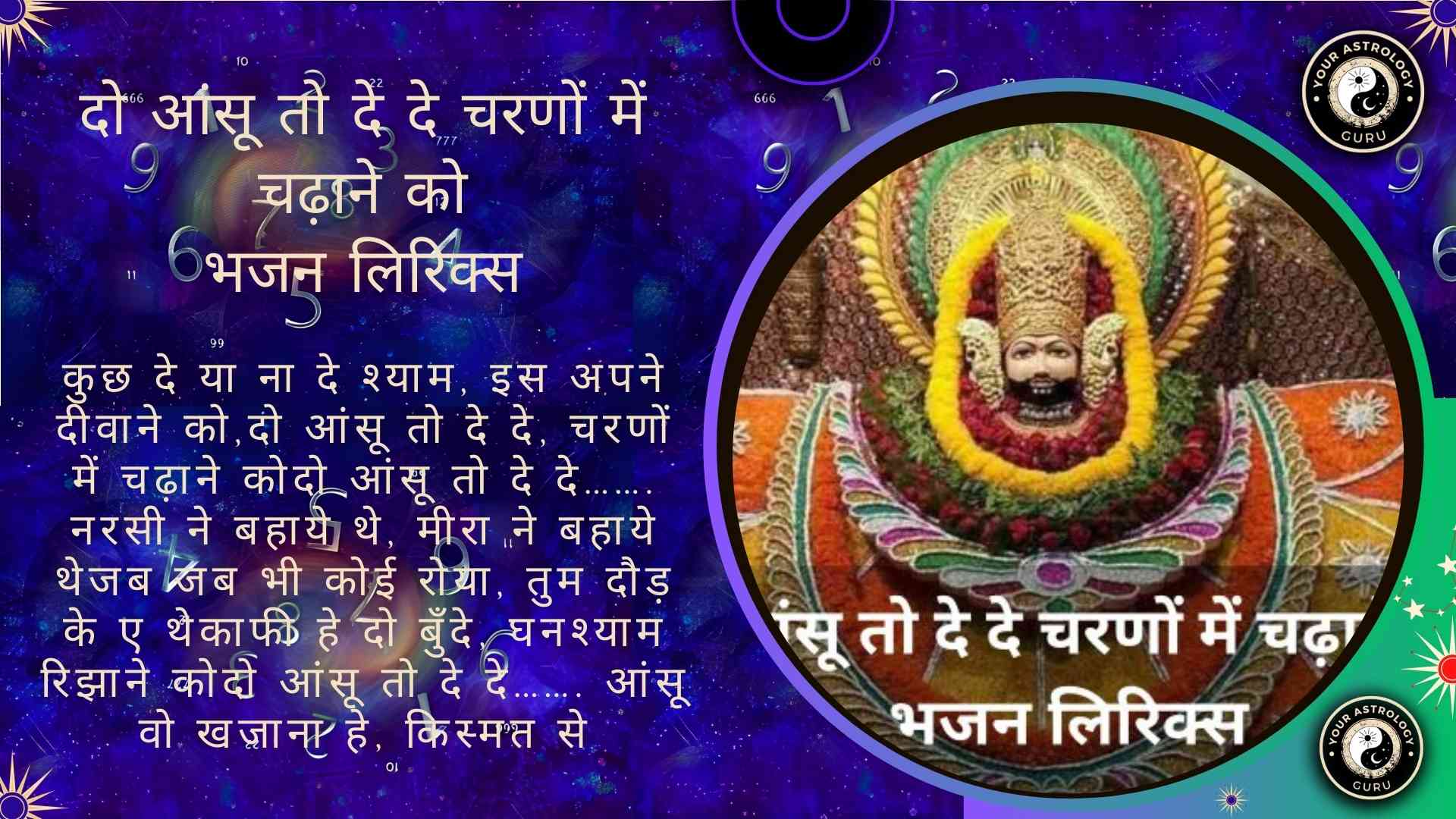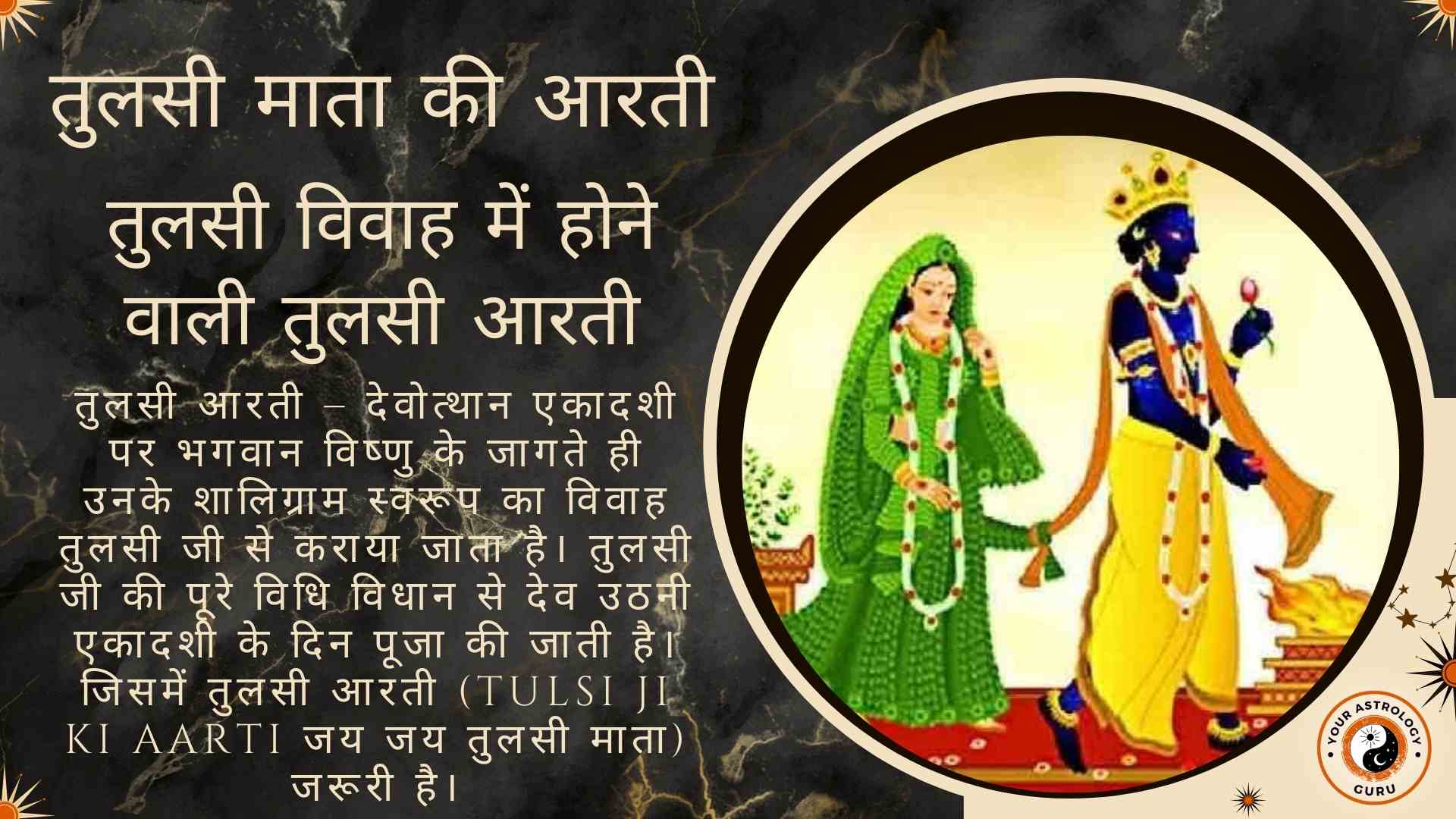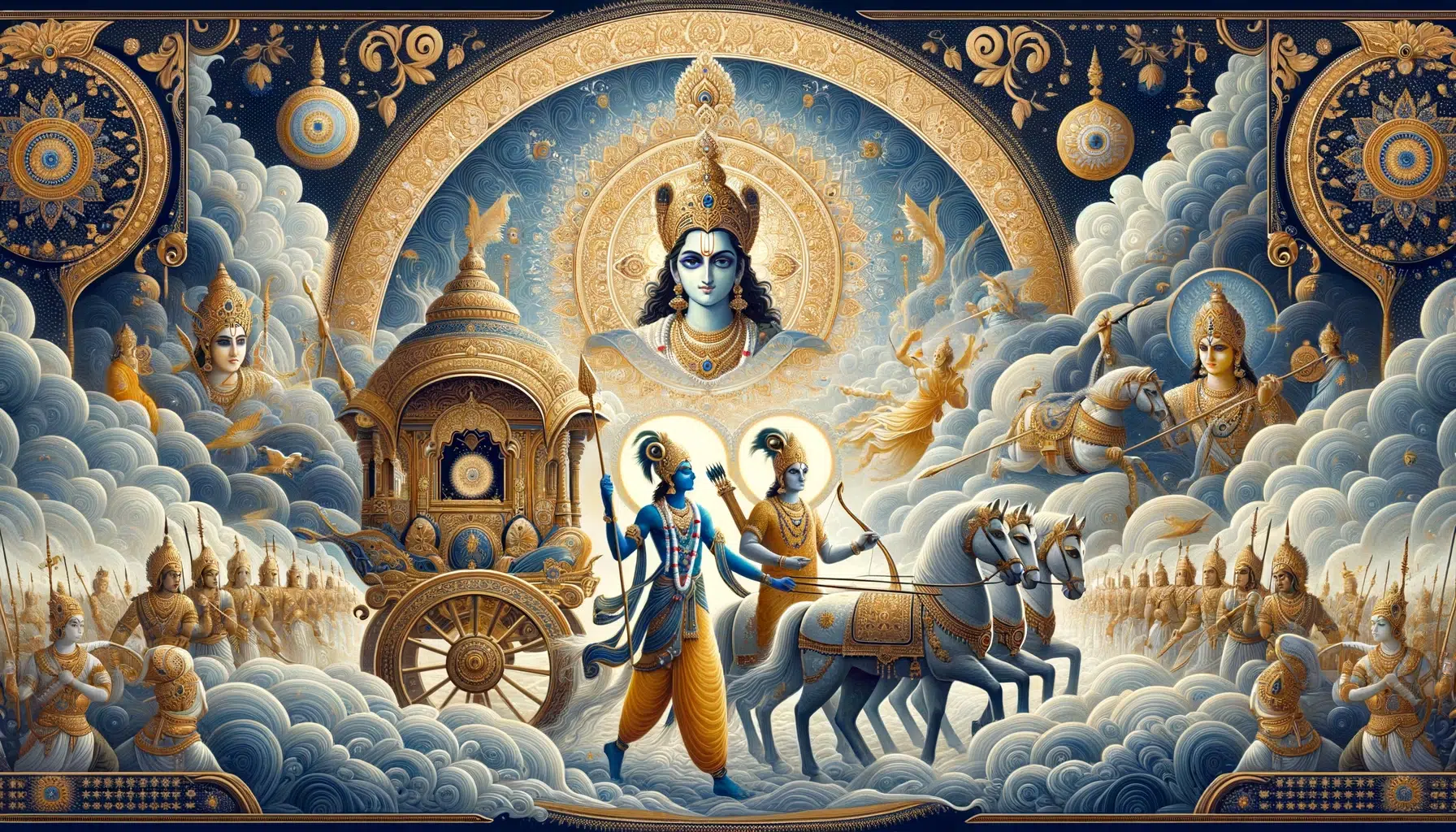Jyotish Shastra, also known as Vedic astrology, is an ancient Indian system of astrology that has been practiced for thousands of years. Its origins can be traced back to the Vedas, the ancient scriptures of Hinduism. Jyotish Shastra is deeply rooted in Indian culture and has played a significant role in shaping the lives of individuals and communities.
The word “Jyotish” means “light” or “knowledge” in Sanskrit, and “Shastra” refers to a body of knowledge or teachings. Therefore, Jyotish Shastra can be understood as the “science of light” or the “science of knowledge.” It is based on the belief that the positions and movements of celestial bodies can provide insights into human affairs and can be used to predict future events.
Table of Contents
Understanding the Basic Principles of Jyotish Shastra
A. The concept of karma and its role in Jyotish Shastra
In Jyotish Shastra, the concept of karma plays a central role. Karma refers to the law of cause and effect, where every action has consequences. It is believed that our past actions, both in this life and in previous lives, shape our present circumstances and future destiny.
According to Jyotish Shastra, the positions and movements of celestial bodies at the time of our birth are a reflection of our past karma. They provide a blueprint for our life’s journey and can offer insights into our strengths, weaknesses, challenges, and opportunities.
B. The three main components of Jyotish Shastra: planets, zodiac signs, and houses
Jyotish Shastra revolves around three main components: planets, zodiac signs, and houses.
1. Planets: In Jyotish Shastra, there are nine planets that are considered significant: Sun, Moon, Mars, Mercury, Jupiter, Venus, Saturn, Rahu, and Ketu. Each planet is associated with specific qualities and influences different aspects of life.
2. Zodiac signs: The zodiac signs are divided into twelve equal parts, each representing a specific area of life. They are Aries, Taurus, Gemini, Cancer, Leo, Virgo, Libra, Scorpio, Sagittarius, Capricorn, Aquarius, and Pisces. Each zodiac sign has its own characteristics and influences the personality traits of individuals.
3. Houses: The birth chart is divided into twelve houses, each representing a different aspect of life such as career, relationships, health, and finances. The placement of planets in these houses can provide insights into various areas of life.
C. The importance of time and its influence on Jyotish Shastra
Time is a crucial factor in Jyotish Shastra. The positions and movements of celestial bodies at the time of an individual’s birth are believed to have a profound impact on their life. The birth chart is essentially a snapshot of the sky at the moment of birth and serves as a map for understanding an individual’s destiny.
Jyotish Shastra also takes into account the current planetary positions and their transits to make predictions about future events. The movement of planets through different zodiac signs and houses can indicate periods of growth, challenges, or opportunities in various aspects of life.
Importance of Birth Chart in Jyotish Shastra
A. What a birth chart is and how it is created
A birth chart, also known as a horoscope or natal chart, is a graphical representation of the positions of celestial bodies at the time of an individual’s birth. It is created using the date, time, and place of birth.
The birth chart consists of twelve houses that represent different areas of life and the planets that are placed in these houses. Each planet’s placement in a specific house and zodiac sign provides insights into various aspects of an individual’s life, such as personality traits, career, relationships, and health.
B. The significance of the birth chart in Jyotish Shastra
The birth chart is considered to be a blueprint of an individual’s life. It provides valuable information about their strengths, weaknesses, challenges, and opportunities. By analyzing the birth chart, an astrologer can gain insights into an individual’s personality, career prospects, relationships, health issues, and more.
The birth chart is also used to make predictions about future events and to identify auspicious or challenging periods in an individual’s life. It serves as a tool for self-reflection and self-awareness, helping individuals understand themselves better and make informed decisions.
C. How the birth chart can provide insight into an individual’s life
The birth chart is a powerful tool for gaining insight into an individual’s life. By analyzing the positions of planets in different houses and zodiac signs, an astrologer can provide valuable information about various aspects of life.
For example, the placement of the Sun in the birth chart can indicate an individual’s core identity and purpose in life. The Moon’s placement can reveal their emotional nature and how they relate to others. The position of Mercury can provide insights into their communication style and intellectual abilities.
By studying the birth chart, individuals can gain a deeper understanding of themselves and their life’s journey. It can help them make informed decisions, navigate challenges, and capitalize on opportunities.
The Role of Planets and Zodiac Signs in Jyotish Shastra
A. The nine planets and their significance in Jyotish Shastra
In Jyotish Shastra, there are nine planets that are considered significant: Sun, Moon, Mars, Mercury, Jupiter, Venus, Saturn, Rahu, and Ketu. Each planet has its own characteristics and influences different aspects of life.
1. Sun: The Sun represents the soul, vitality, leadership, and authority. It is associated with the zodiac sign Leo and is considered the king of the celestial bodies.
2. Moon: The Moon represents emotions, intuition, and the mind. It is associated with the zodiac sign Cancer and influences our emotional well-being.
3. Mars: Mars represents energy, passion, courage, and aggression. It is associated with the zodiac sign Aries and influences our drive and ambition.
4. Mercury: Mercury represents communication, intellect, and analytical abilities. It is associated with the zodiac signs Gemini and Virgo and influences our thinking and communication style.
5. Jupiter: Jupiter represents wisdom, knowledge, expansion, and abundance. It is associated with the zodiac signs Sagittarius and Pisces and influences our beliefs and values.
6. Venus: Venus represents love, beauty, harmony, and creativity. It is associated with the zodiac signs Taurus and Libra and influences our relationships and aesthetic sensibilities.
7. Saturn: Saturn represents discipline, responsibility, hard work, and limitations. It is associated with the zodiac signs Capricorn and Aquarius and influences our sense of duty and structure.
8. Rahu: Rahu is a shadow planet that represents desires, illusions, obsessions, and materialism. It is associated with the head of the dragon in Vedic mythology.
9. Ketu: Ketu is another shadow planet that represents spirituality, detachment, liberation, and past-life karma. It is associated with the tail of the dragon in Vedic mythology.
B. The twelve zodiac signs and their characteristics
The twelve zodiac signs in Jyotish Shastra each have their own unique characteristics that influence an individual’s personality traits and life experiences.
1. Aries (March 21 – April 19): Aries is a fire sign and is associated with qualities such as leadership, courage, and assertiveness. Arians are known for their passion, enthusiasm, and pioneering spirit.
2. Taurus (April 20 – May 20): Taurus is an earth sign and is associated with qualities such as stability, practicality, and sensuality. Taureans are known for their determination, loyalty, and love for the finer things in life.
3. Gemini (May 21 – June 20): Gemini is an air sign and is associated with qualities such as adaptability, curiosity, and communication skills. Geminis are known for their versatility, wit, and intellectual pursuits.
4. Cancer (June 21 – July 22): Cancer is a water sign and is associated with qualities such as sensitivity, nurturing, and emotional depth. Cancerians are known for their empathy, intuition, and strong family bonds.
5. Leo (July 23 – August 22): Leo is a fire sign and is associated with qualities such as confidence, creativity, and leadership. Leos are known for their charisma, generosity, and love for the spotlight.
6. Virgo (August 23 – September 22): Virgo is an earth sign and is associated with qualities such as practicality, attention to detail, and analytical abilities. Virgos are known for their organization skills, perfectionism, and desire for order.
7. Libra (September 23 – October 22): Libra is an air sign and is associated with qualities such as diplomacy, harmony, and fairness. Librans are known for their charm, social skills, and desire for balance.
8. Scorpio (October 23 – November 21): Scorpio is a water sign and is associated with qualities such as intensity, passion, and transformation. Scorpios are known for their depth, intuition, and ability to navigate the depths of emotions.
9. Sagittarius (November 22 – December 21): Sagittarius is a fire sign and is associated with qualities such as optimism, adventure, and philosophical thinking. Sagittarians are known for their love for travel, exploration, and seeking higher truths.
10. Capricorn (December 22 – January 19): Capricorn is an earth sign and is associated with qualities such as ambition, discipline, and practicality. Capricorns are known for their determination, hard work, and desire for success.
11. Aquarius (January 20 – February 18): Aquarius is an air sign and is associated with qualities such as independence, innovation, and humanitarianism. Aquarians are known for their originality, idealism, and desire to make a positive impact on society.
12. Pisces (February 19 – March 20): Pisces is a water sign and is associated with qualities such as compassion, spirituality, and creativity. Pisceans are known for their empathy, imagination, and ability to connect with others on a deep level.
C. How the planets and zodiac signs interact in Jyotish Shastra
In Jyotish Shastra, the interaction between planets and zodiac signs plays a crucial role in determining an individual’s personality traits, strengths, weaknesses, and life experiences.
Each planet has its own characteristics and influences different aspects of life. When a planet is placed in a specific zodiac sign, it takes on the qualities of that sign and influences the area of life represented by that sign.
For example, if Mars is placed in Aries, which is its own zodiac sign, it will be strong and will enhance the qualities associated with Mars such as energy, passion, and courage. On the other hand, if Mars is placed in Libra, which is its sign of debilitation, it may struggle to express its qualities and may manifest as indecisiveness or conflict in relationships.
The interaction between planets and zodiac signs in the birth chart provides valuable insights into an individual’s personality, strengths, weaknesses, and life experiences. It helps astrologers make predictions and offer guidance on various aspects of life.
How to Read and Interpret a Birth Chart
A. The different components of a birth chart and how to interpret them
A birth chart consists of several components that need to be analyzed and interpreted to gain insights into an individual’s life.
1. Planets: The placement of planets in different houses and zodiac signs provides valuable information about various aspects of life. Each planet’s characteristics and influences need to be considered when interpreting the birth chart.
2. Houses: The twelve houses in the birth chart represent different areas of life such as career, relationships, health, and finances. The placement of planets in these houses can indicate strengths, weaknesses, challenges, and opportunities in these areas.
3. Aspects: Planetary aspects occur when two or more planets are at specific angles to each other. These aspects can influence the way planets interact with each other and can provide additional insights into an individual’s life.
4. Yogas: Yogas are specific combinations of planets that have a significant impact on an individual’s life. They can indicate auspicious or challenging periods and can provide insights into an individual’s potential for success or obstacles they may face.
B. How to identify strengths and weaknesses in a birth chart
By analyzing the birth chart, an astrologer can identify an individual’s strengths and weaknesses in various areas of life.
For example, if the Sun is well-placed in the birth chart, it can indicate strong leadership qualities, confidence, and a sense of purpose. On the other hand, if the Sun is afflicted or weakly placed, it may indicate a lack of self-confidence or difficulties in asserting oneself.
Similarly, the placement of planets in different houses and zodiac signs can provide insights into an individual’s strengths and weaknesses in areas such as career, relationships, health, and finances. By understanding these strengths and weaknesses, individuals can make informed decisions and work on improving themselves.
C. How to use a birth chart to make predictions
The birth chart can be used to make predictions about future events and to identify auspicious or challenging periods in an individual’s life.
Astrologers analyze the current planetary positions and their transits to make predictions. They consider the interactions between planets, their aspects, and the houses they are placed in to gain insights into an individual’s life.
For example, if a person is going through a period where Jupiter is transiting their career house, it may indicate a time of growth, opportunities, and success in their career. On the other hand, if Saturn is transiting their relationship house, it may indicate challenges or responsibilities in their relationships.
By understanding these predictions, individuals can prepare themselves for upcoming events, make informed decisions, and take advantage of favorable periods.
Doshas and Remedies in Jyotish Shastra
A. The concept of doshas and their impact on an individual’s life
In Jyotish Shastra, doshas are specific planetary combinations or placements that can have a negative impact on an individual’s life. Doshas can manifest as challenges, obstacles, or imbalances in various areas of life.
There are several types of data that can be collected and analyzed in order to gain insights and make informed decisions. One type of data is quantitative data, which is numerical in nature and can be measured and analyzed using statistical methods. This type of data provides objective information and allows for comparisons and correlations to be made. Another type of data is qualitative data, which is descriptive in nature and provides a deeper understanding of people’s thoughts, feelings, and behaviors. This type of data is often collected through interviews, observations, or surveys and can provide valuable insights into individuals’ experiences and perspectives. Additionally, there is also categorical data, which represents characteristics or attributes that can be grouped into categories or classes. This type of data is often used to analyze patterns or trends within a specific group or population. Overall, the collection and analysis of different types of data are essential for making evidence-based decisions and driving meaningful outcomes.














